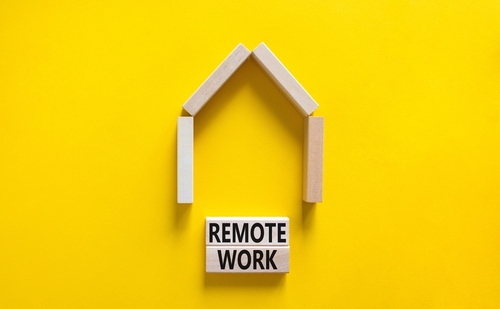The surge in remote work driven by the COVID-19 pandemic has introduced a myriad of challenges and opportunities for both employers and employees. One prominent concern among employers is the perceived risk that remote workers may be less productive compared to their in-office counterparts, who operate under closer scrutiny from management.
Adding to this concern is the phenomenon of “overemployed” workers—individuals who exploit their remote work arrangements to quietly juggle multiple full-time jobs, effectively earning several salaries without their employers’ knowledge.
Understanding Overemployment
As highlighted by Jacob Zinkula in his Business Insider article, some American workers have successfully boosted their incomes by secretly engaging in multiple remote roles. For instance, Zinkula recounts the story of Robert, who, in 2021, earned approximately $180,000 annually from his tech job. Fearing potential layoffs, he secured another position with a $190,000 salary and managed to retain both roles. By 2023, Robert’s income had surpassed $300,000, enabling him to indulge in experiences such as cruises and vacations to notable destinations.
Legal Implications of Multiple Employment
While holding multiple full-time jobs is not inherently illegal, overemployed individuals may face legal pitfalls if they engage in fraudulent practices to enhance their employment scenarios. Furthermore, many employers have internal policies or subsequent contractual stipulations that may restrict certain types of moonlighting. For example, employees often must sign non-compete agreements, which could be at odds with working for competing firms.
Communication is Key
“While some employers may not mind their workers taking on a second job, proceeding without company consent could have professional repercussions,” warns Zinkula. Balancing multiple responsibilities can also lead to employee burnout, raising ethical questions about the confidentiality of such arrangements.
Assessing the Impact of Overemployment
The actual prevalence of overworking remains uncertain, as well as its effects on the individuals involved and their performance at respective positions. Some employers might turn a blind eye, provided that an employee’s productivity and availability do not suffer, while others may impose stricter limits on such practices.
Best Practices for Employees
If you are considering managing multiple roles, it is crucial to weigh your options carefully. Communicating your stance on this matter with employers can clarify expectations and mitigate potential misunderstandings. Employees should remain transparent about their commitments and ensure they do not compromise their performance or professional relationships.
In conclusion, as the nature of work continues to evolve in the remote environment, both employers and employees must navigate the complexities introduced by remote and overemployment dynamics. Understanding these challenges can foster a more productive and transparent workplace for all parties involved.
Lin Grensing-Pophal serves as a Contributing Editor at HR Daily Advisor.
The Remote Work Revolution: Balancing Opportunities and Challenges
As remote work becomes a standard practice for many companies, it brings a host of challenges and benefits for both employers and employees. One major concern for businesses is whether remote workers can maintain the same level of productivity and commitment as they would in a traditional office setting.
The Rise of Overemployed Workers
Interestingly, the concept of “overemployed” individuals has surfaced, where some remote workers manage to hold down multiple full-time jobs simultaneously. This trend has gained traction as workers seek to boost their incomes, especially in uncertain economic times.
Real-Life Examples
For instance, a tech employee in Florida recently leveraged a slowdown in work to secure a second position, ultimately increasing his earnings significantly. With the financial flexibility from his dual roles, he has indulged in luxuries such as vacations and unique experiences, illustrating the appealing prospects of remote work.
Legal Considerations
While holding multiple full-time roles isn’t inherently illegal, it can pose legal risks, particularly if employees engage in deceptive practices. Furthermore, corporate policies often include clauses that may restrict employees from taking on additional work, especially in competitive fields.
Company Policies and Ethics
Many organizations have specific guidelines regarding moonlighting, requiring employees to disclose any secondary employment. Those who fail to do so may face professional repercussions. The ethics surrounding undisclosed dual employment also evoke discussions about fairness and transparency in the workplace.
Potential Risks and Considerations
Engaging in multiple job roles can lead to burnout and stress, complicating employees’ ability to perform effectively. Employers generally appreciate open communication regarding secondary employment, and many will be flexible if performance remains high.
Finding a Balance
Ultimately, the practices of overworking in remote settings call for careful consideration. Employees must evaluate their workload and communicate openly with their employers. Maintaining a balance between secondary jobs and primary responsibilities can lead to better job satisfaction and productivity.
In conclusion, the evolving landscape of remote work presents unique opportunities and challenges. Both employers and employees must navigate this new paradigm thoughtfully, prioritizing transparency and well-being to ensure lasting success.


